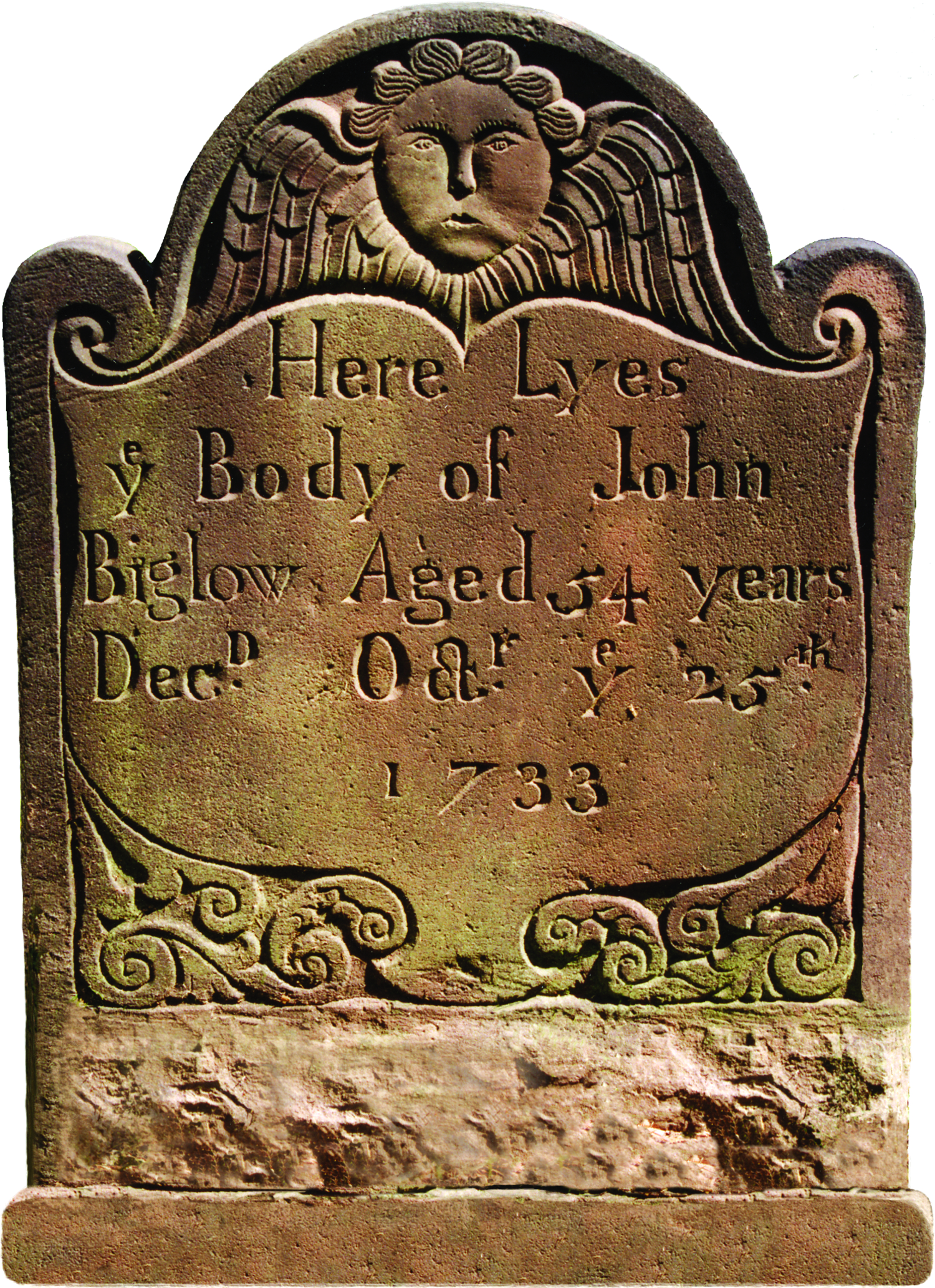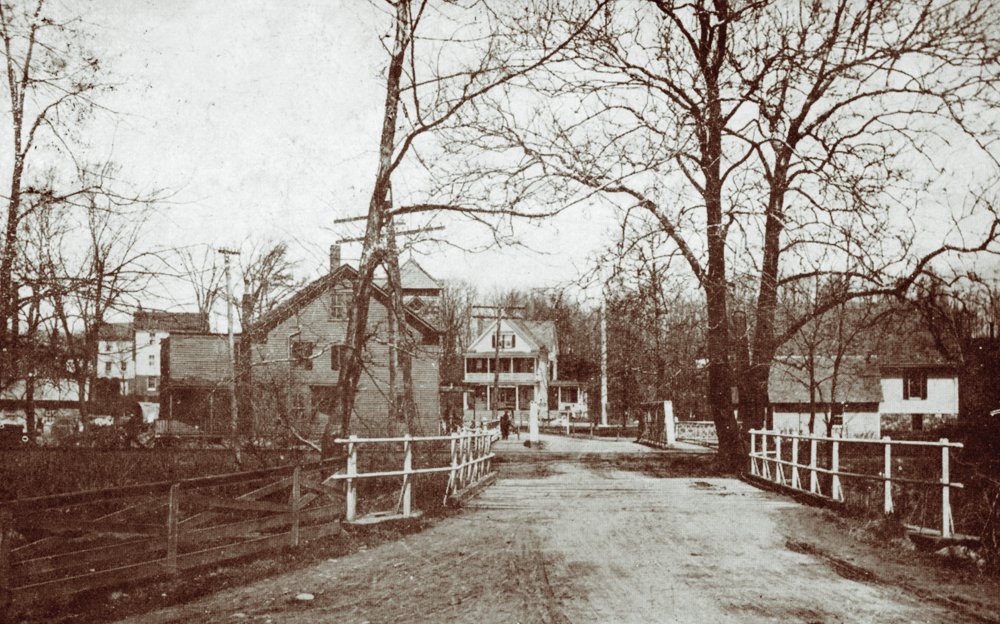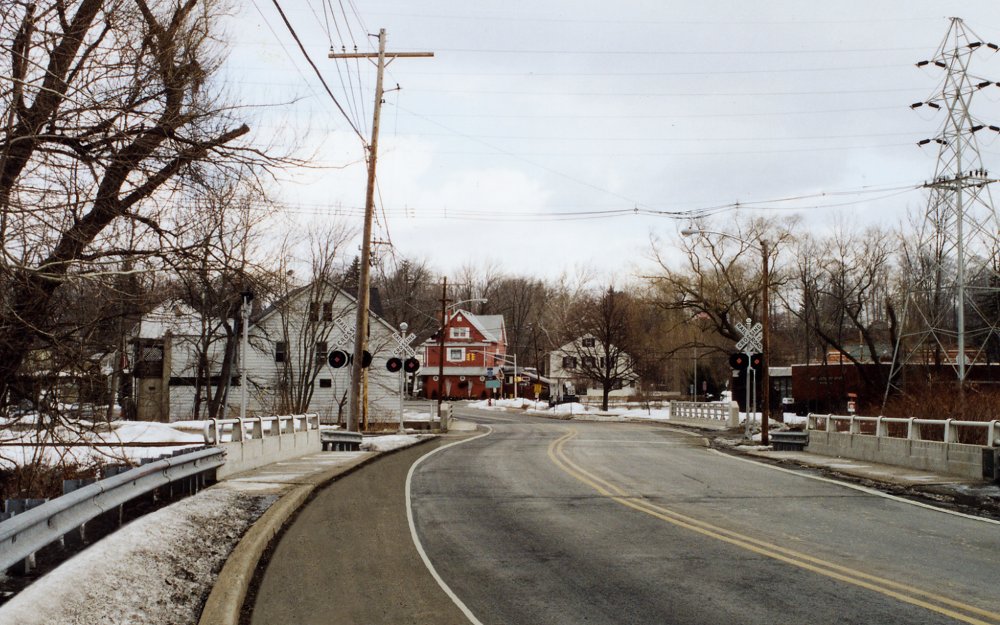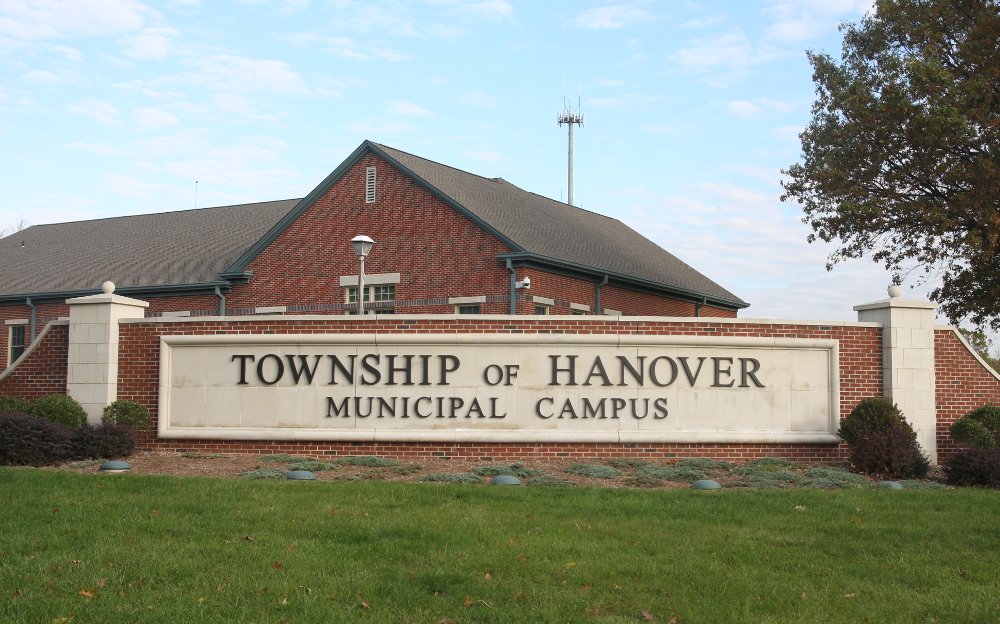
Local History
The first recorded history of “Whippany” is found in a parchment document dated 1724. It is a deed referencing “a place called Whippano” which traces the land back to 1676. The year 1676 is now generally accepted as the date of the “discovery” of Whippany.
Before New Jersey was a state, it was a royal province divided as East Jersey and West Jersey. “Whippano” was considered part of West Jersey, although until a permanent division line was established and for some years that followed, it wavered between East Jersey and West Jersey. In 1682 it was located in East Jersey and in 1688 it was located in West Jersey. In 1719 the official boundary line was established and it was finally accepted as East Jersey.
Whippany was first settled in 1685. At that time it was commonly called “Whippeny,” although it was also known by a number of other similar pronunciations of its aboriginal name. An iron forge was built on the banks of the Whippanong River in 1715. A church was built in the village of Whippeny in 1718 and a “burying yard” was established along the Whippanong River. “Whippeny” was the first settlement in the vast unsettled wilderness of north central New Jersey and it was the first village within the boundaries of what is now Morris County. Likewise, the iron forge now known as the “Old Iron Works” was the first industry in what came to be Morris County, the church known as the “First Presbyterian Church” was the first church in Morris County, and the “burying yard” was the first colonial cemetery in north central New Jersey.
In 1681 the West Jersey proprietors established Burlington as the capital of West Jersey and in 1694 the proprietors established Burlington County. Within the boundaries of Burlington County the proprietors established a township by the name of “Whippenny,” otherwise referred to as “Whippanong,” which was situated between the Passaic, Pequannock, Pompton, and Musconetcong Rivers. Whippenny Township encompassed approximately 500 square miles of land and it defined the general boundaries of what eventually became Morris County. At that time Whippenny was one of the largest townships in the province of New Jersey.
In 1714 the provincial government of New Jersey divided Burlington County to create Hunterdon County. (Hunterdon County was named after General Robert Hunter, Governor of New Jersey when Hunterdon County was established.) At that time Whippenny Township fell within the boundaries Hunterdon County. During that time, Hunterdon County was a vast area that included all the land that is now Hunterdon, Morris, Sussex and Warren Counties.
In 1720 Whippenny Township was renamed “Hanover” by order of the Hunterdon County Court. The name “Hanover” was designated to honor King George I of the House of Hanover, a name undoubtedly held in high esteem. The name “Whippenny” was a derivative of the aboriginal tongue, and “Hanover” of German origin; albeit one and the same place, Whippenny Township ceased to exist and Hanover Township was established. At that time, the boundaries of Hanover included all 39 municipalities that now make up Morris County. (It is interesting to note that Whippenny and Hanover Township actually predate Morris County, as well as Sussex and Warren Counties which were all yet to be established.)
Hanover Township was divided into two separate townships in 1720. Most of the land north of the Rockaway River was named Pequannock Township. (The name “Pequannock” is a Lenape word that means “the water that flows clean.”) All the land south of the Rockaway River retained the name of Hanover Township. At that time, Hanover continued to be one of the largest townships in the province of New Jersey.
In 1739 Hanover and Pequannock (originally one township known as Whippenny), along with Wallpack Township (which was established in 1731), and Greenwich Township (established in 1738), were separated from Hunterdon County and combined to establish Morris County. Morris County was named in honor of Lewis Morris, the Royal Governor of the province of New Jersey. (At the time Morris County was 1,365 square miles, encompassing all of what is now Morris, Sussex, and Warren Counties.)
In 1740 Hanover Township was again divided, this time to create the Township of Hanover, Township of Morris, and Township of Roxbury; the Township of Pequannock remained intact. (This is the source of some confusion because although 1740 is the date the Townships of Hanover, Pequannock, Morris, and Roxbury were officially established within Morris County, Hanover and Pequannock Townships were actually established twenty years earlier in 1720 in Hunterdon County.)
Wallpack Township and Greenwich Township were separated from Morris County in 1753 and combined to establish Sussex County. (Morris County retained 478 square miles of land which was approximately the original territory of Whippanong.) In 1824 Greenwich Township was separated from Sussex County to establish Warren County.
In 1776 American independence was declared and the American Revolution was underway. Morris County became the military capital of the Continental Army from 1777 to 1780 when General George Washington made Morristown his headquarters and Morris County the winter quarters for his troops. During the Revolutionary War, Hanover Township was host to many famous men of history. The guests at Tappins Hostelry in Whippany included General George Washington, Alexander Hamilton, Benedict Arnold, and Generals Rochambeau and Lafayette (1780 and 1782). James Monroe traversed Monroe and Thomas Jefferson traveled through Malapardis on what is now known as Jefferson Road. Continental troops and French allies camped in Whippany, but battles were not fought in Whippany.
In 1798 the Township of Hanover was again incorporated, under the new authority of the State of New Jersey, in the fledgling United States of America.
Copyright 2006
All rights reserved
Limited excerpts of this text may be copied or reproduced
with acknowledgment as copy from A Place Called Whippany, by Leonardo Fariello.
Contact Information: Len Sunchild Publishing Co., Len@whippany.net, 973-539-5355
________________________________________
Please note: The establishment of Morris County is referred to as both 1738 and 1739. The confusion lies in the fact that Morris County was created under the Julian calendar in 1738, but the present use of the Gregorian calendar, adopted in 1752, records it as 1739. The County of Morris now chooses to recognize its official date as 1738.
_________________________________________
Subjects covered in A Place Called Whippany— 2nd Edition— Chapter 2:
Colonial History of Whippany; New Jersey History; Local History; Historic Villages of Hanover Township;
First Families of Whippany; Family Names of Old Whippanong.



